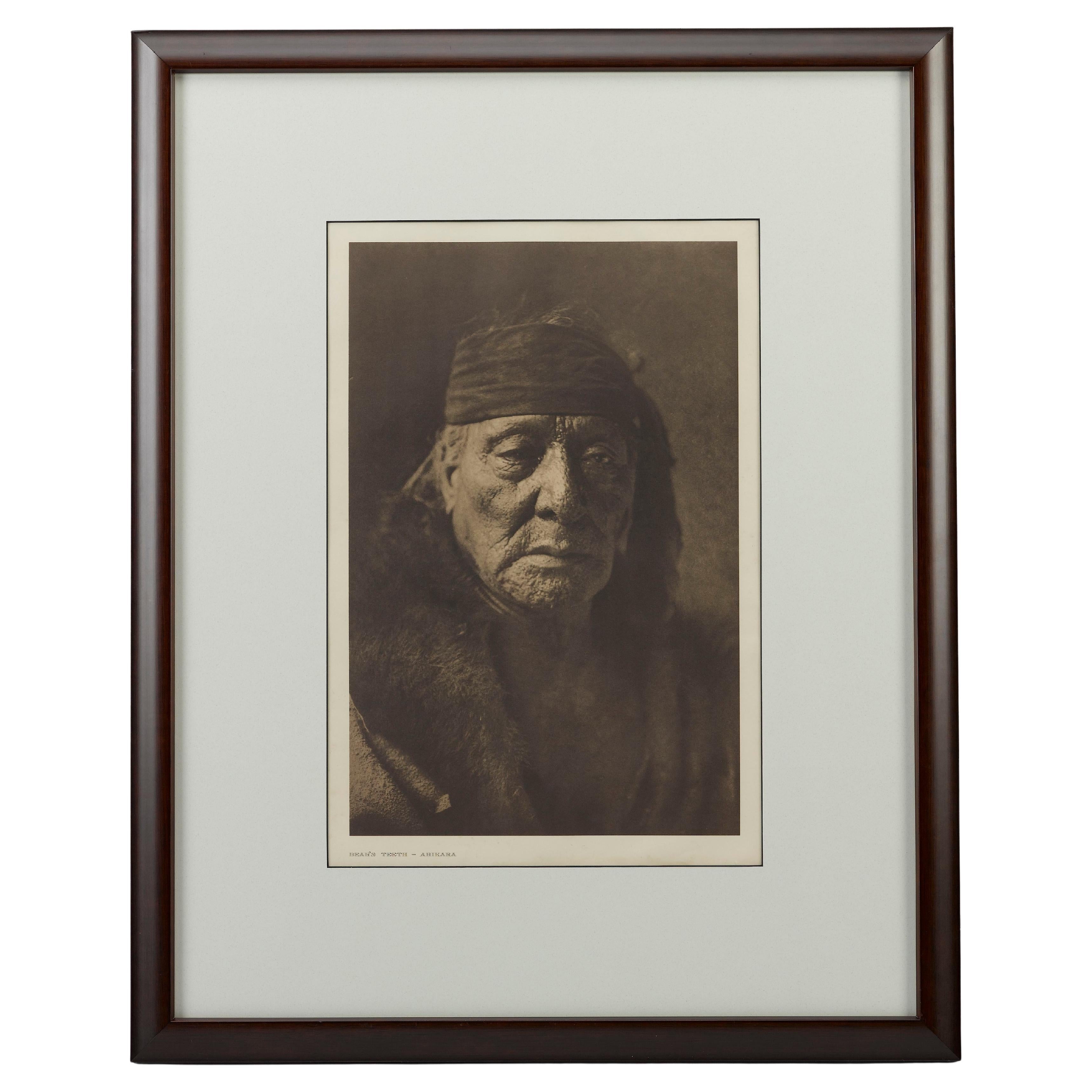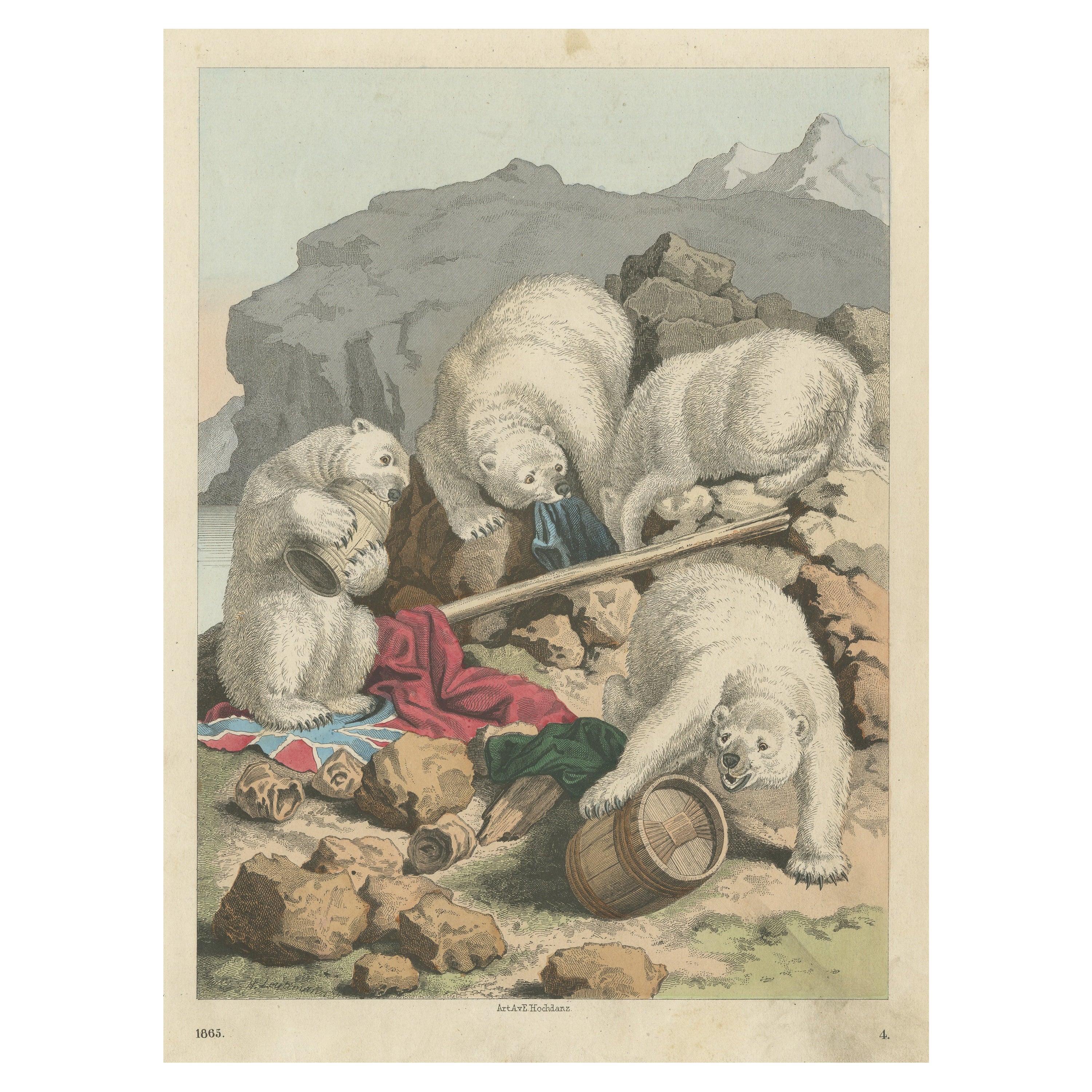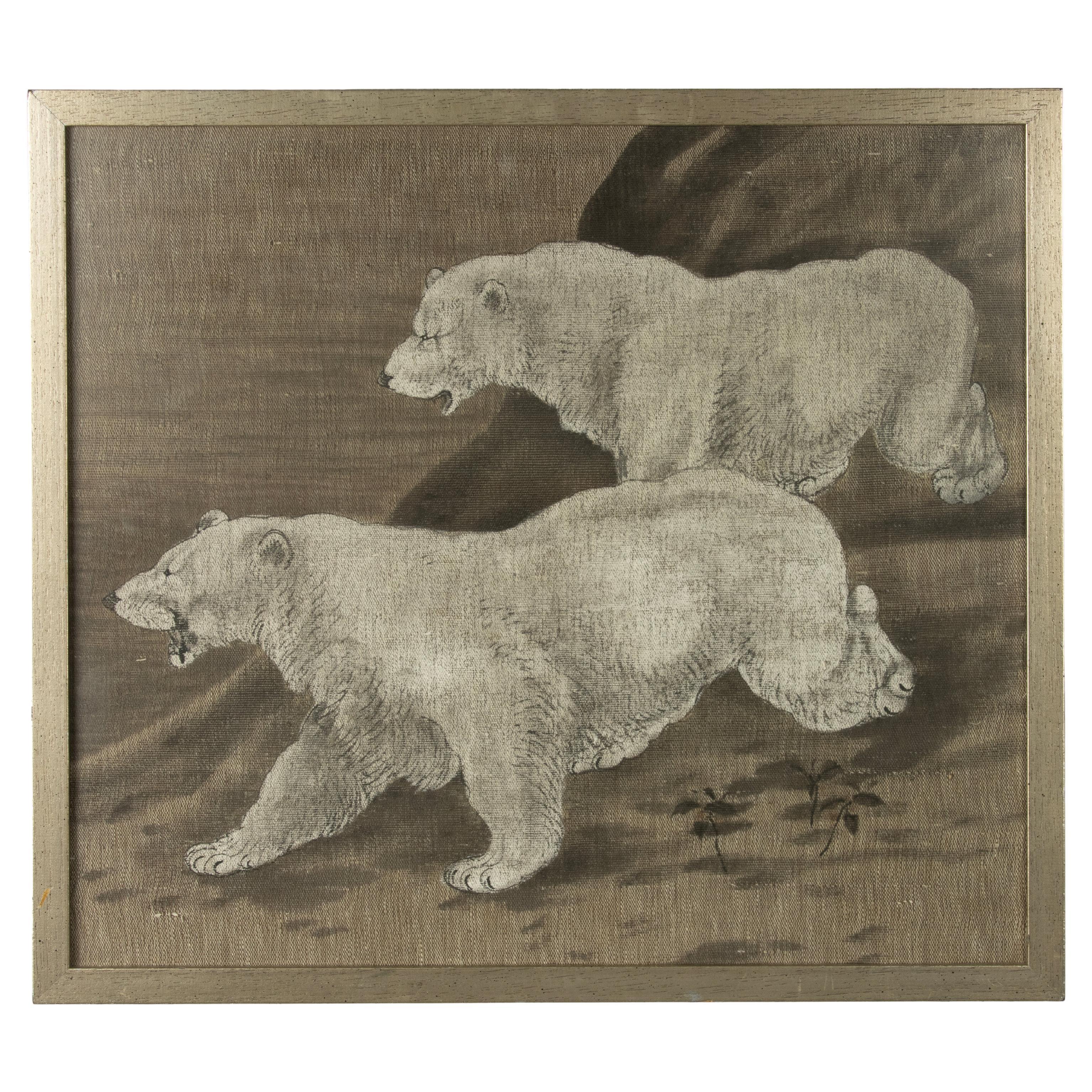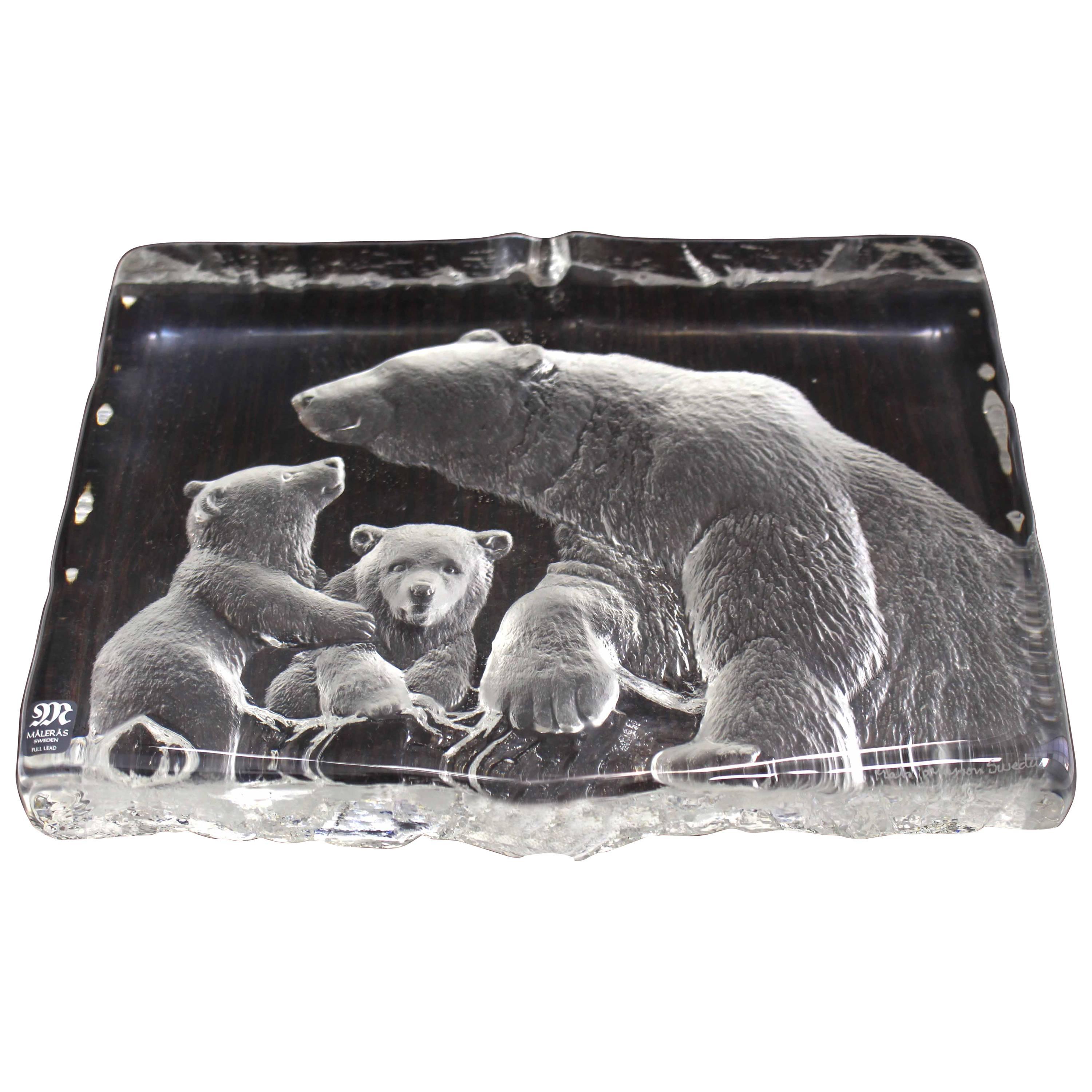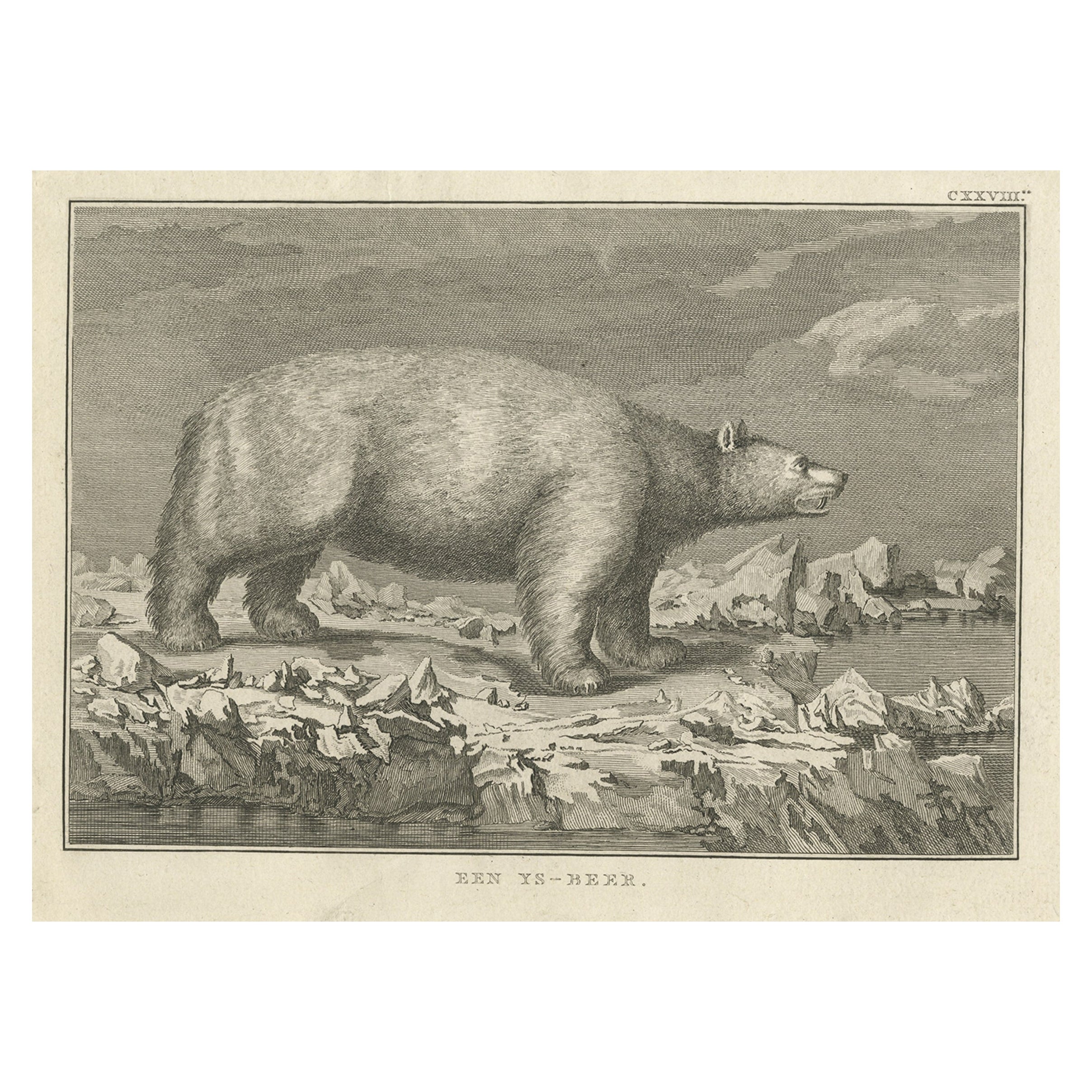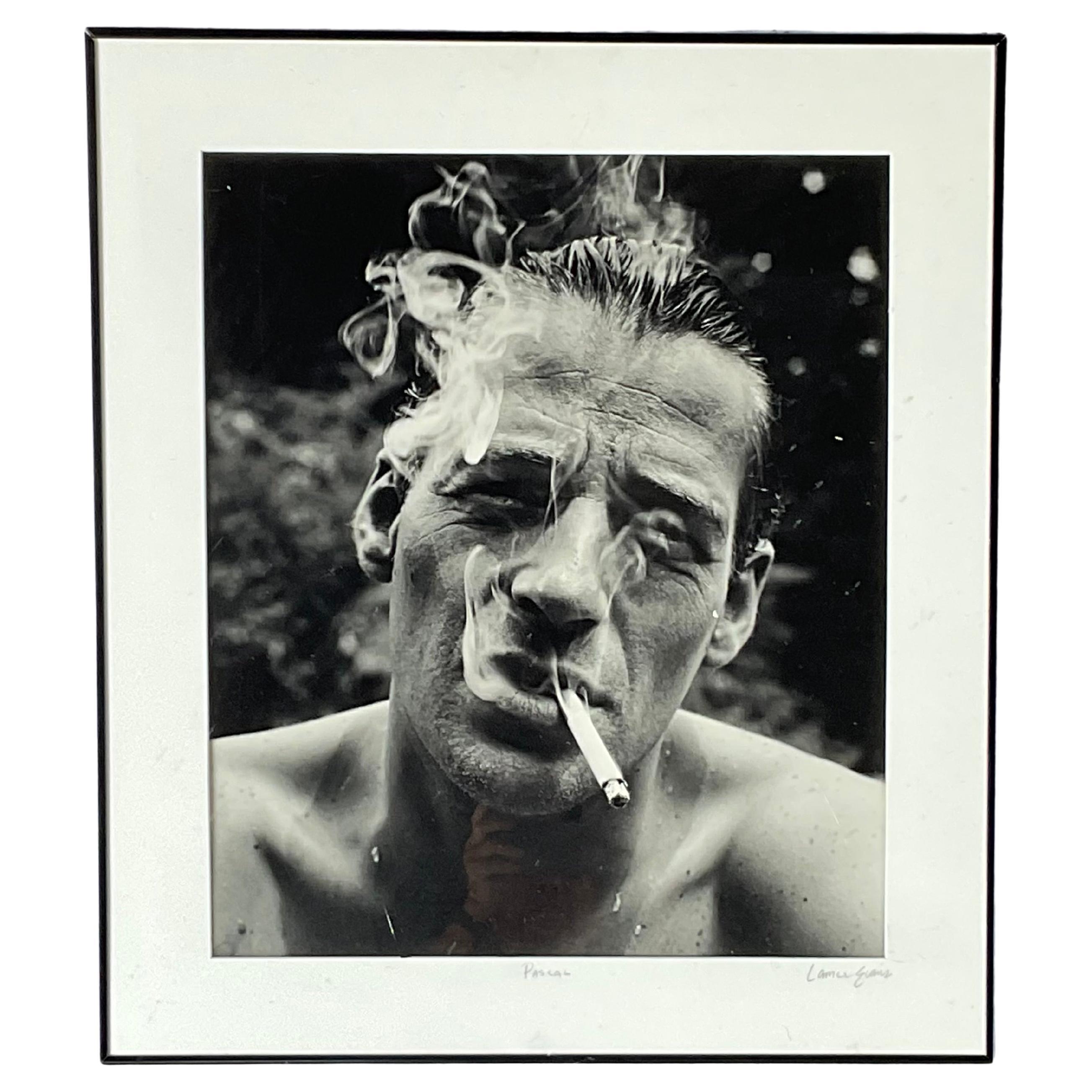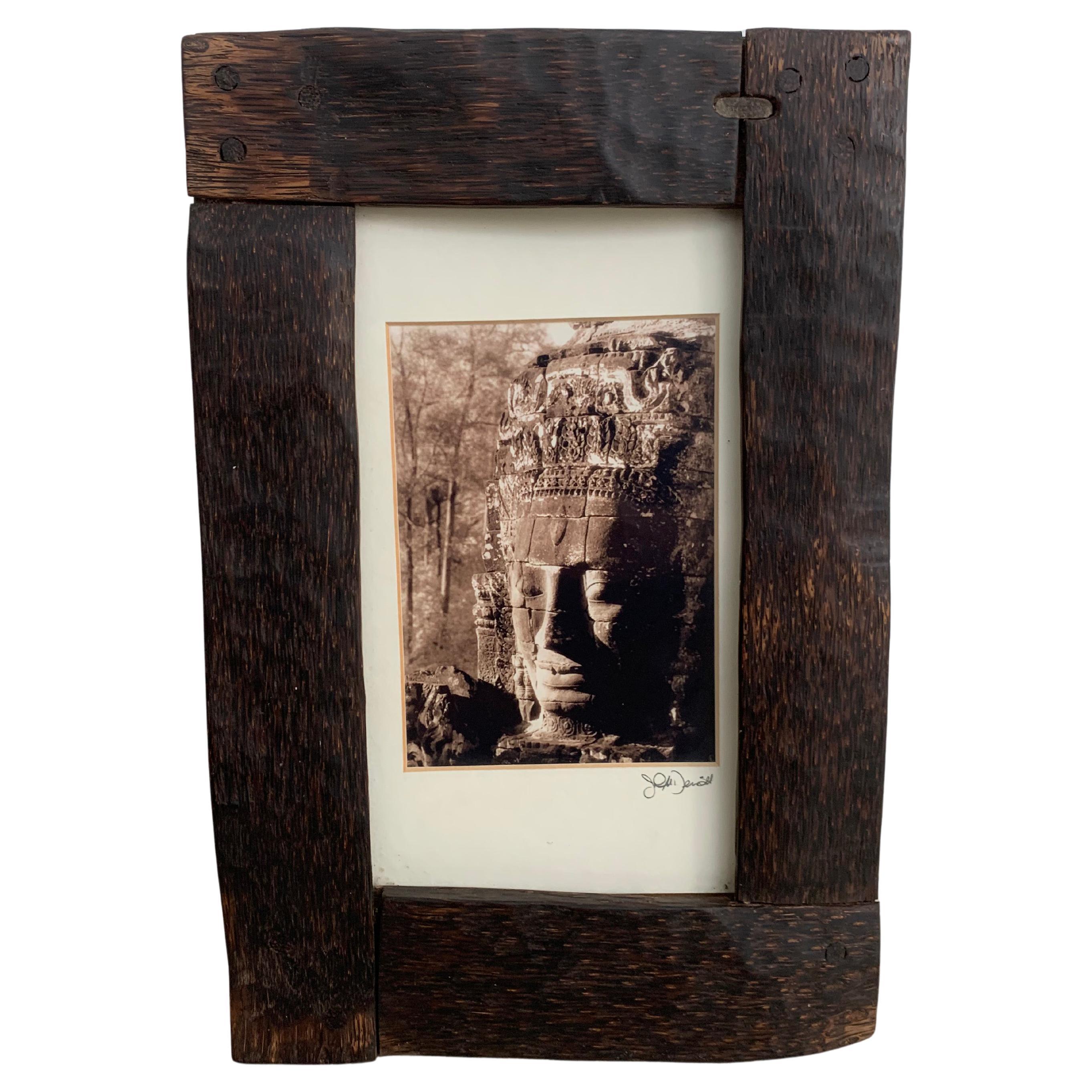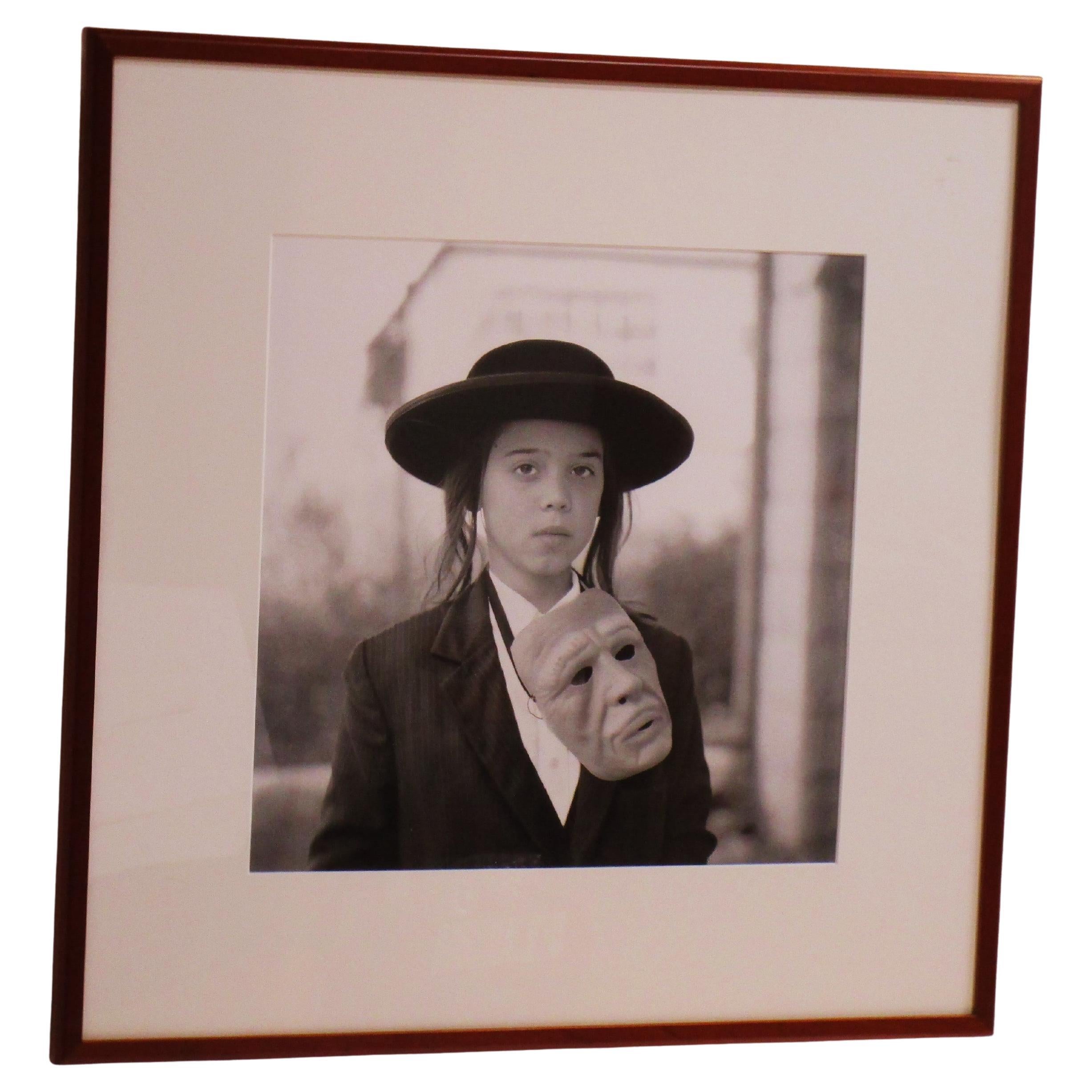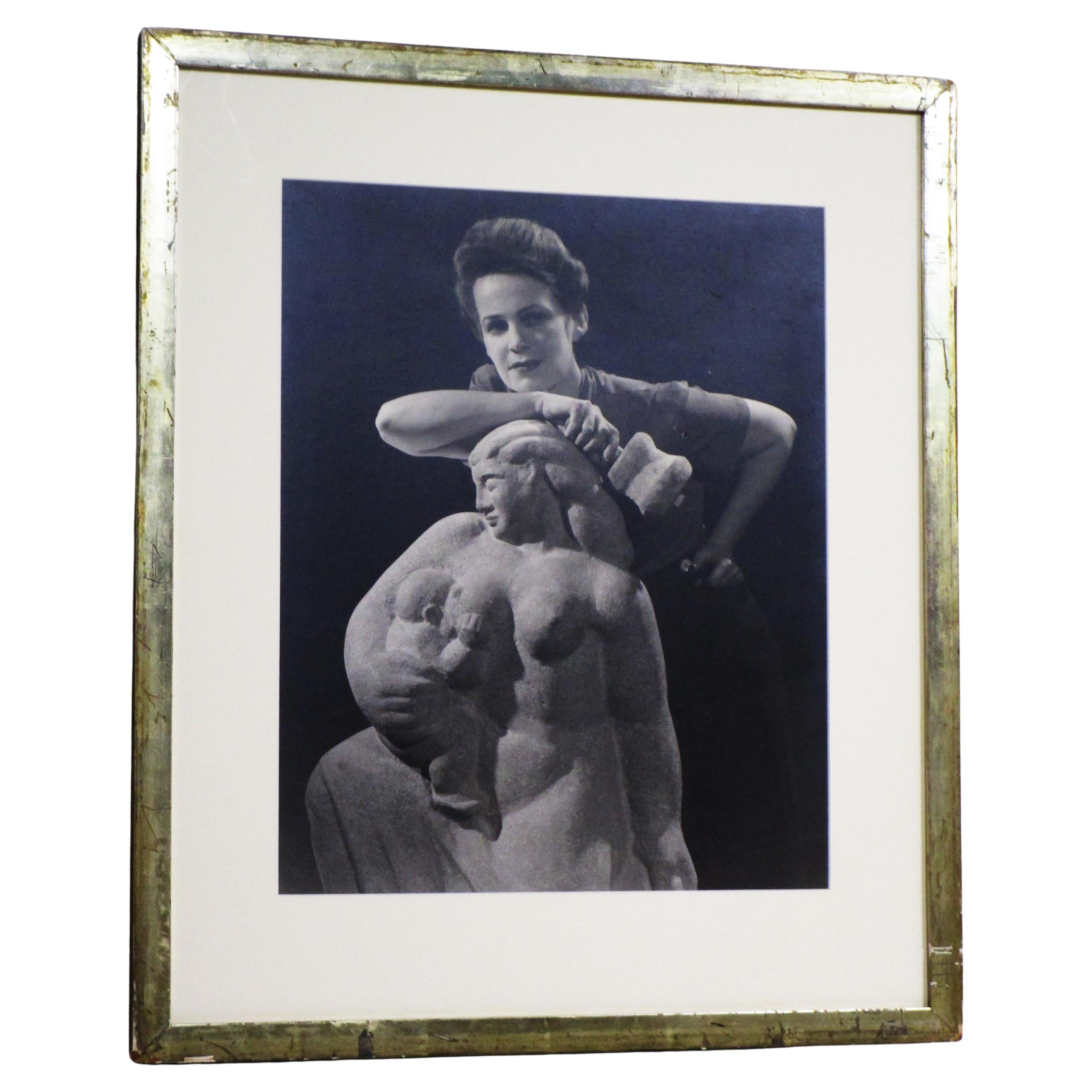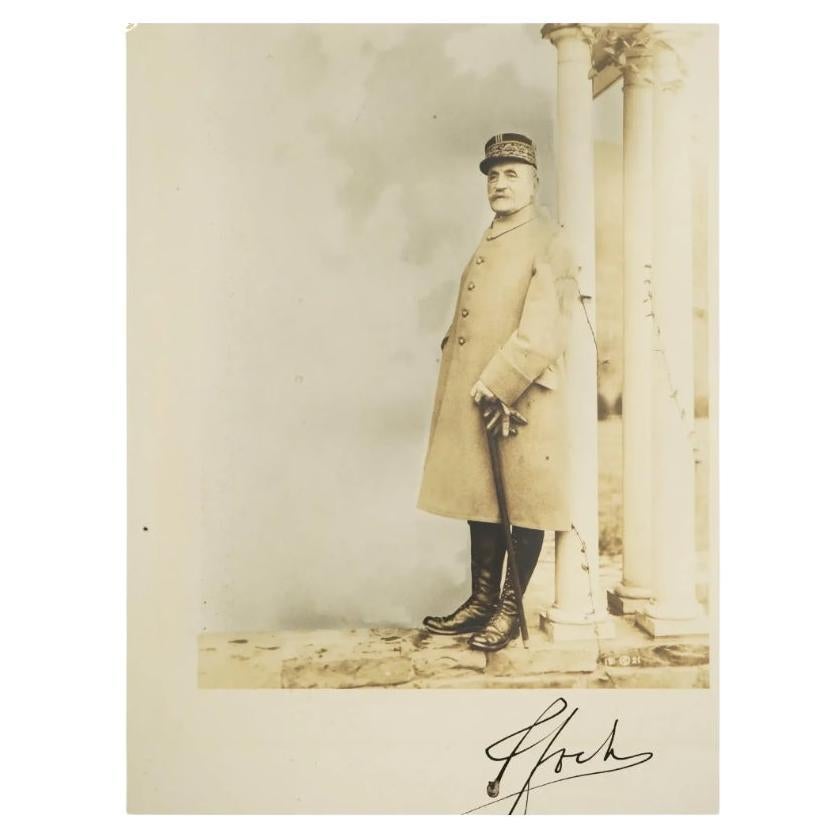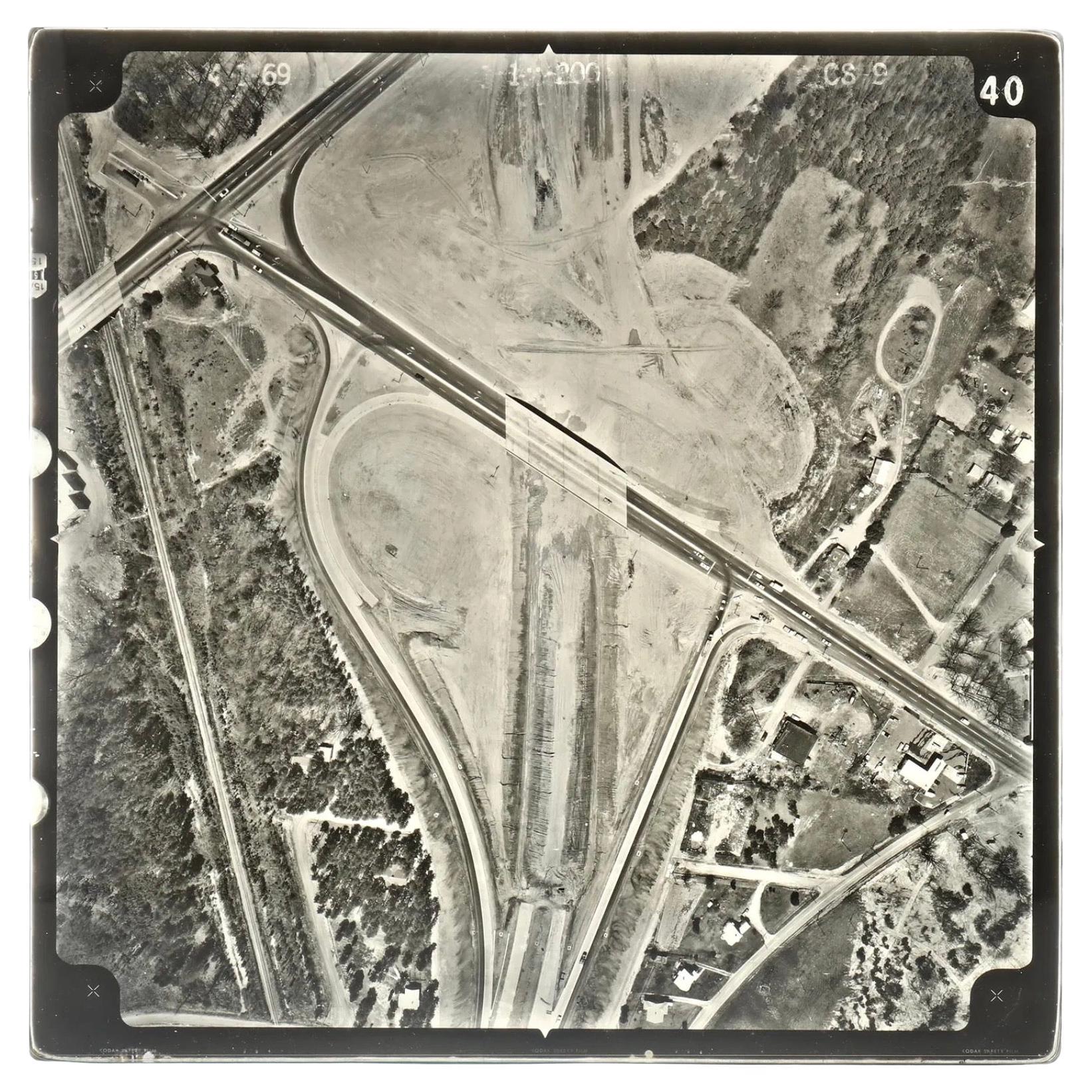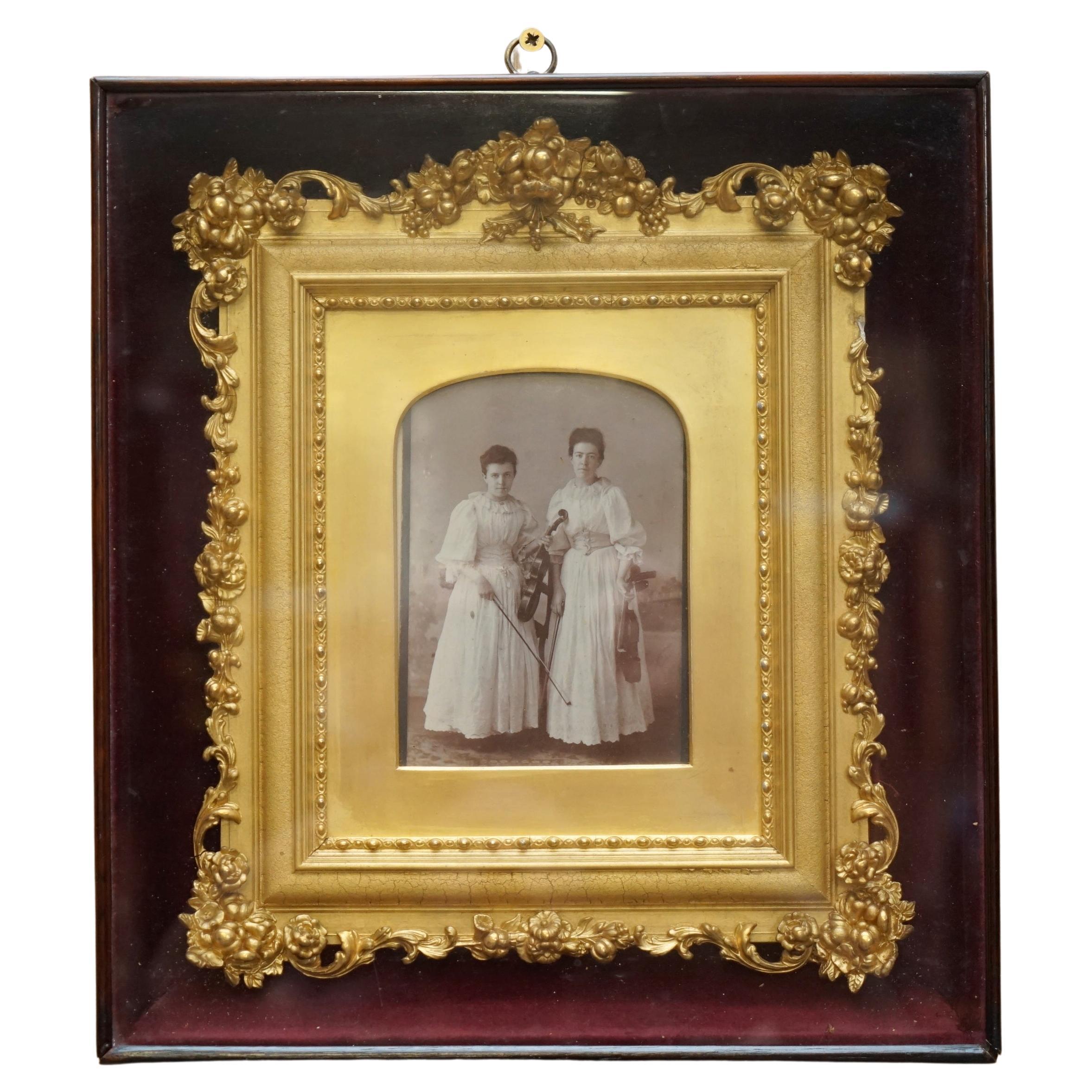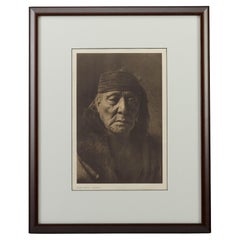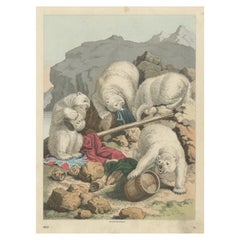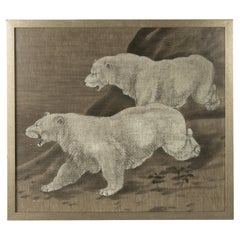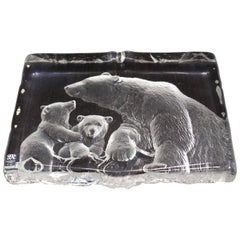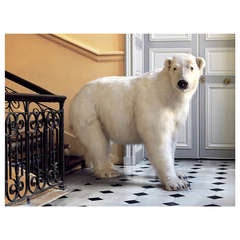
Deyrolle Polar Bear, Horizontal
View Similar Items
1 of 2
Deyrolle Polar Bear, Horizontal
$8,000List Price
About the Item
- Creator:William Curtis Rolf (Photographer)
- Place of Origin:
- Period:
- Date of Manufacture:2011
- Condition:
- Seller Location:Los Angeles, CA
- Reference Number:1stDibs: LU81421046118
Authenticity Guarantee
In the unlikely event there’s an issue with an item’s authenticity, contact us within 1 year for a full refund. DetailsMoney-Back Guarantee
If your item is not as described, is damaged in transit, or does not arrive, contact us within 7 days for a full refund. Details24-Hour Cancellation
You have a 24-hour grace period in which to reconsider your purchase, with no questions asked.Vetted Professional Sellers
Our world-class sellers must adhere to strict standards for service and quality, maintaining the integrity of our listings.Price-Match Guarantee
If you find that a seller listed the same item for a lower price elsewhere, we’ll match it.Trusted Global Delivery
Our best-in-class carrier network provides specialized shipping options worldwide, including custom delivery.You May Also Like
"Bear's Teeth - Arikara" by Edward S. Curtis, 1908
By Edward S. Curtis, 1868-1952
Located in Colorado Springs, CO
Presented is a fine photogravure portrait of Bear’s Teeth of the Arikara tribe by Edward Curtis. The image is Plate 154 from Supplementary Portfolio 5 of Edward Curtis' epic project The North American Indian. The caption, written by Curtis, for this image is as follows: “A member of the Night order of the medicine fraternity.” This photogravure was published in 1908 and was printed by John Andrew & Son, in Boston.
Edward S. Curtis created one of the most enduring and iconic visual records in the history of the photographic medium. He was an award-winning artist, a consummate craftsman, a visionary, an intrepid entrepreneur, and was highly regarded as a respected ethnographer and publisher.
Curtis began photographing Native Americans in the mid-1890s and selling these images in his successful downtown Seattle studio. One of his earliest models was Princess Angeline, the aged daughter of chief Sealth, the Suquamish Indian after whom Seattle is named. At the National Photographic Convention of 1899 Curtis was awarded the grand prize for three of his soft-focused, sepia-toned images of Puget Sound Native Americans: Evening on the Sound, The Clam Digger, and The Mussel Gatherer.
Curtis spent the summer of 1900 with George Bird Grinnell observing the Sun Dance at an encampment of Blood, Blackfeet, and Algonquin in Montana. This was a pivotal experience for Curtis, confirming his desire to study and photograph the Native tribes of North America. A trip to visit the Hopi reservation in Arizona a few months later further fueled his enthusiasm. Curtis envisioned a plan to create a massive scholarly and artistic work that would document the tribes west of the Mississippi, their ceremonies, beliefs, daily life, and landscapes.
In 1906, Curtis approached railroad tycoon J.P. Morgan to request financial assistance for his project. Morgan agreed to pay him a total of $75,000, or $15,000 a year for five years. Morgan and Curtis decided that Curtis' masterwork, The North American Indian, would be a set of 20 volumes of ethnographic text illustrated with high quality photoengravings taken from his glass plate negatives. Each of these volumes would be accompanied by a portfolio of large size images, all sumptuously bound in Moroccan leather. The papers used for printing would also be of the best quality: a Dutch etching stock by Van Gelder, a Japanese vellum, and for the most discerning subscribers, a translucent Japanese tissue paper. To fund publication, Curtis would sell subscriptions at approximately $3,000 per set, with a total of 500 sets to be published.
An ambitious and extensive project, Curtis spent much of his life documenting as many Native tribes as possible. The importance and the urgency of the task was clear to him, as he wrote in the introduction to his first volume of The North American Indians in 1907, "The information that is to be gathered ... respecting the mode of life of one of the great races of mankind, must be collected at once or the opportunity will be lost." In 1930, some 24 years after his initial request for funding, the last two volumes, Vol. 19 and Vol. 20, were published and The North American Indian project was finally completed. Curtis took over 40,000 photographs and made over 10,000 wax...
Category
Antique Early 1900s American Photography
Materials
Paper
Antique Print of Polar Bears
Located in Langweer, NL
Original old print of polar bears. Lithograped by or after Hochdanz. Published circa 1865.
Category
Antique Mid-19th Century Prints
Materials
Paper
$226 Sale Price
20% Off
Antique Painting on Linen - Two Polar Bears
Located in Casteren, Noord-Brabant
A beautiful antique painting on linen, a representation of two polar bears. There is no information known about the origin of this work.
Presumably of Asian origin, Japan or China, e...
Category
Antique 1890s Chinese Paintings
Materials
Linen
Swedish Carved Crystal Slab Sculpture of Polar Bears
By Mats Jonasson
Located in Rockaway, NJ
Very nice Swedish 1.5" thick carved crystal slab wall sculpture plaque. Artist signed.
Category
20th Century American Mid-Century Modern Wall-mounted Sculptures
Original Antique Engraving of a Polar Bear by Cook, 1803
By Cook
Located in Langweer, NL
Antique animal print titled 'Een Ys-Beer'. Old print depicting a Polar Bear. Originates from 'Reizen Rondom de Waereld door James Cook (..)'.
Artists and Engravers: Translated by...
Category
Antique 19th Century Prints
Materials
Paper
$320 Sale Price
20% Off
Lance Evans Black and White Photograph Titled "Pascal"
By Lance Evans
Located in Bradenton, FL
A striking and emotionally charged 1980s black and white photographic portrait by Lance Evans, titled "Pascal". Image captures a shirtless man mid-inhale, a cigarette hanging from hi...
Category
Late 20th Century American Modern Photography
Materials
Paper
